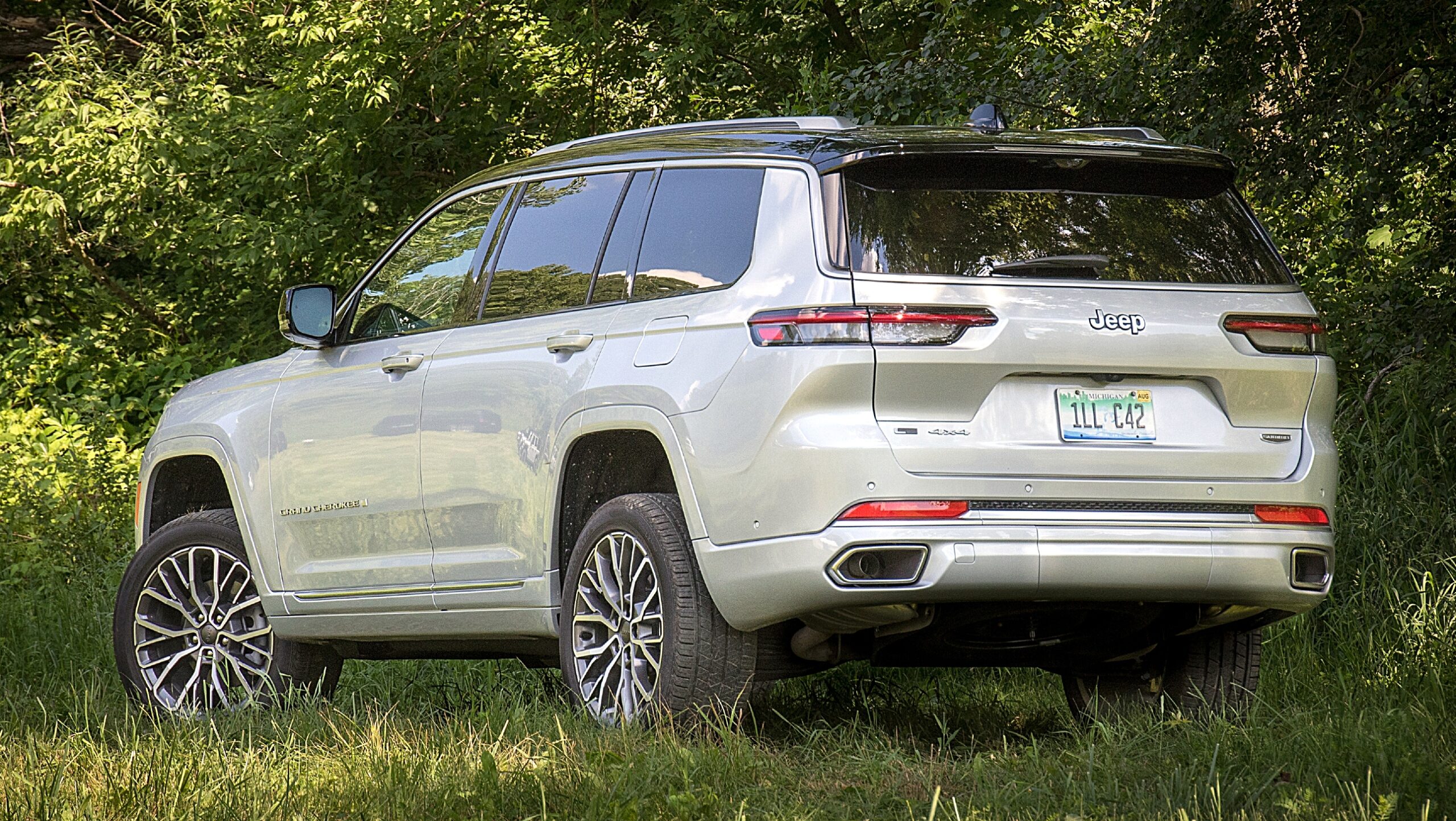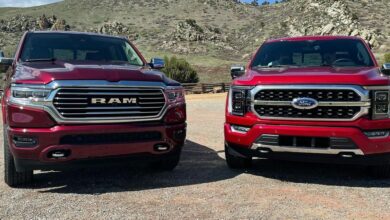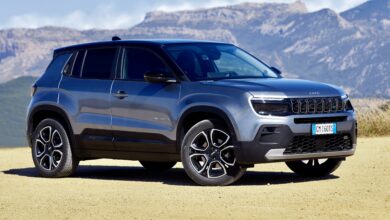
Stellantis has been overhauling its engine offerings across its brand portfolios in response to increasingly stringent Corporate Average Fuel Economy (CAFE) regulations. According to our sources, the 2025 Jeep® Grand Cherokee’s powertrain is slated to receive significant updates.
A Shift Toward Efficiency –
Since its introduction, the Jeep Grand Cherokee has been synonymous with rugged capability and power. The Grand Cherokee L model, a three-row variant introduced in the 2021 model year, offered a 3.6-liter Pentastar V6 and a more robust 5.7-liter HEMI® V8 engine. Following its debut, the 2022 model year saw the introduction of a two-row version, which included the 2.0 turbocharged 4-cylinder 4xe plug-in hybrid (PHEV) alongside the Pentastar and HEMI. I had the chance to spend a week with a WL Grand Cherokee with the 5.7-liter HEMI, but unfortunately, the HEMI V8 option was phased out last year from the two-row models.
For the upcoming 2025 model year, Jeep plans to dramatically change the Grand Cherokee’s powertrain lineup. Insider sources report that the Grand Cherokee and its larger sibling, the Grand Cherokee L, will feature an updated version of the corporate 2.0-liter turbocharged four-cylinder engine. This engine will replace the larger HEMI V8 and the Pentastar V6 across the board.

Streamlined Powertrain Options –
The introduction of the 2.0-liter turbo engine aims to streamline and simplify the Grand Cherokee’s powertrain offerings. The Grand Cherokee L will exclusively feature this new engine, eliminating other engine options. Meanwhile, the standard Grand Cherokee will offer the same 2.0-liter turbo but will continue providing a 4xe PHEV version.
| 2024 | Grand Cherokee L | Grand Cherokee |
| 4xe PHEV | ✔ | |
| 3.6 Pentastar | ✔ | ✔ |
| 5.7 HEMI® | ✔ | |
| 2025 | Grand Cherokee L | Grand Cherokee |
| 4xe PHEV | ✔ | |
| 2.0 Turbo 4 | ✔ | ✔ |
Competitive Analysis –
In the realm of midsize SUVs, the Grand Cherokee’s main rival, the Ford Explorer, boasts a 2.3-liter EcoBoost four-cylinder turbo engine, which is standard in most trims. This engine produces 300 horsepower and 310 pound-feet of torque. Stellantis is likely aiming to surpass these figures with its updated 2.0-liter turbo to maintain its competitive edge. For comparison, the current 3.6-liter Pentastar V6 in the Grand Cherokee delivers 293 horsepower and 260 lb.-ft. of torque. the current 2.0 turbo 4 in the Wrangler makes 270 horsepower and 295 lb.-ft. of torque.

Conclusion –

Stellantis’s strategy reflects a broader industry trend towards smaller, more efficient engines that still meet consumer expectations for power and performance. The 2025 Jeep Grand Cherokee looks to be up next, promising enhanced fuel efficiency without compromising the performance drivers expect from the Jeep brand.
Stay tuned to MoparInsiders for more information on the 2025 Jeep Grand Cherokee lineup as it becomes available.






46 replies
Loading new replies...
Join the full discussion at the Mopar Insiders Forum →